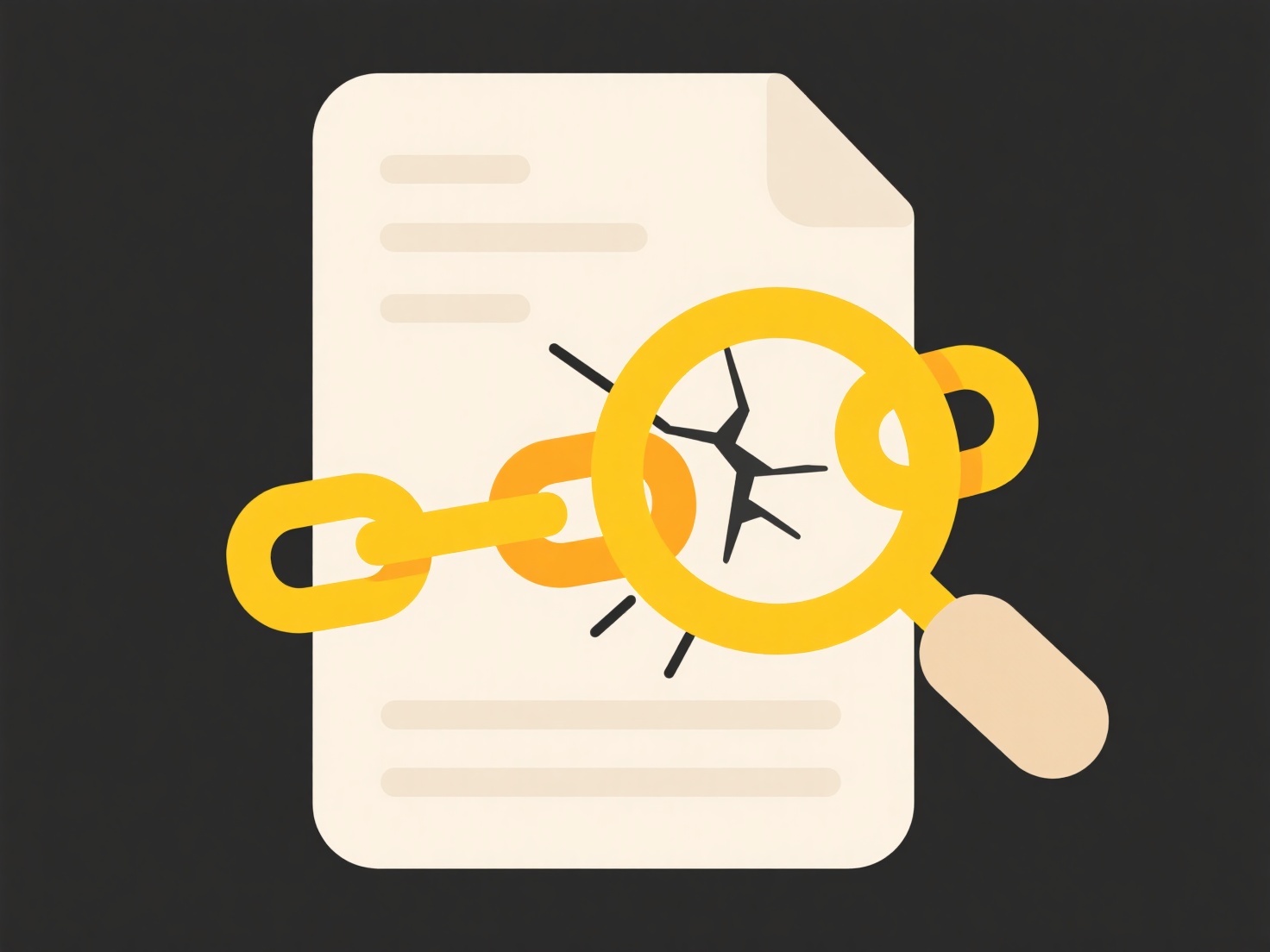
Cloud synchronization from multiple devices allows users to access and update files stored online (in the cloud) simultaneously using different gadgets like phones, laptops, or tablets. The cloud service constantly monitors changes made on any connected device. It then uploads those changes and propagates the latest version to all other synced devices. This works differently than simple file copying, as it automatically merges edits across devices in near real-time, maintaining a single version of the file in the cloud.

For instance, a user might start drafting a report on their office laptop, then continue editing it on their smartphone during a commute; the latest changes are available on both. Similarly, a construction team might have multiple tablets accessing updated blueprints stored in cloud services like Dropbox, iCloud, Google Drive, or OneDrive during on-site inspections.
This capability offers significant convenience for accessibility and collaboration. However, limitations exist: temporary sync conflicts can occur if devices edit the same file offline or due to network latency, requiring manual resolution. Centralizing data in the cloud also increases potential security and privacy concerns. Services continuously improve conflict handling and offline sync reliability, making seamless multi-device access more robust across industries.
Can I sync to the cloud from multiple devices at once?
Cloud synchronization from multiple devices allows users to access and update files stored online (in the cloud) simultaneously using different gadgets like phones, laptops, or tablets. The cloud service constantly monitors changes made on any connected device. It then uploads those changes and propagates the latest version to all other synced devices. This works differently than simple file copying, as it automatically merges edits across devices in near real-time, maintaining a single version of the file in the cloud.

For instance, a user might start drafting a report on their office laptop, then continue editing it on their smartphone during a commute; the latest changes are available on both. Similarly, a construction team might have multiple tablets accessing updated blueprints stored in cloud services like Dropbox, iCloud, Google Drive, or OneDrive during on-site inspections.
This capability offers significant convenience for accessibility and collaboration. However, limitations exist: temporary sync conflicts can occur if devices edit the same file offline or due to network latency, requiring manual resolution. Centralizing data in the cloud also increases potential security and privacy concerns. Services continuously improve conflict handling and offline sync reliability, making seamless multi-device access more robust across industries.
Quick Article Links
What’s the best practice for sharing project files with a team?
Shared project files are digital assets like documents, images, or code actively worked on by a team. Best practice focu...
What’s a good way to name scanned documents for later search?
What’s a good way to name scanned documents for later search? A practical approach involves incorporating key identifi...
Why do charts not appear when opening a file on another device?
Charts failing to display when opening a file on a different device often stems from missing dependencies. Charts, like ...